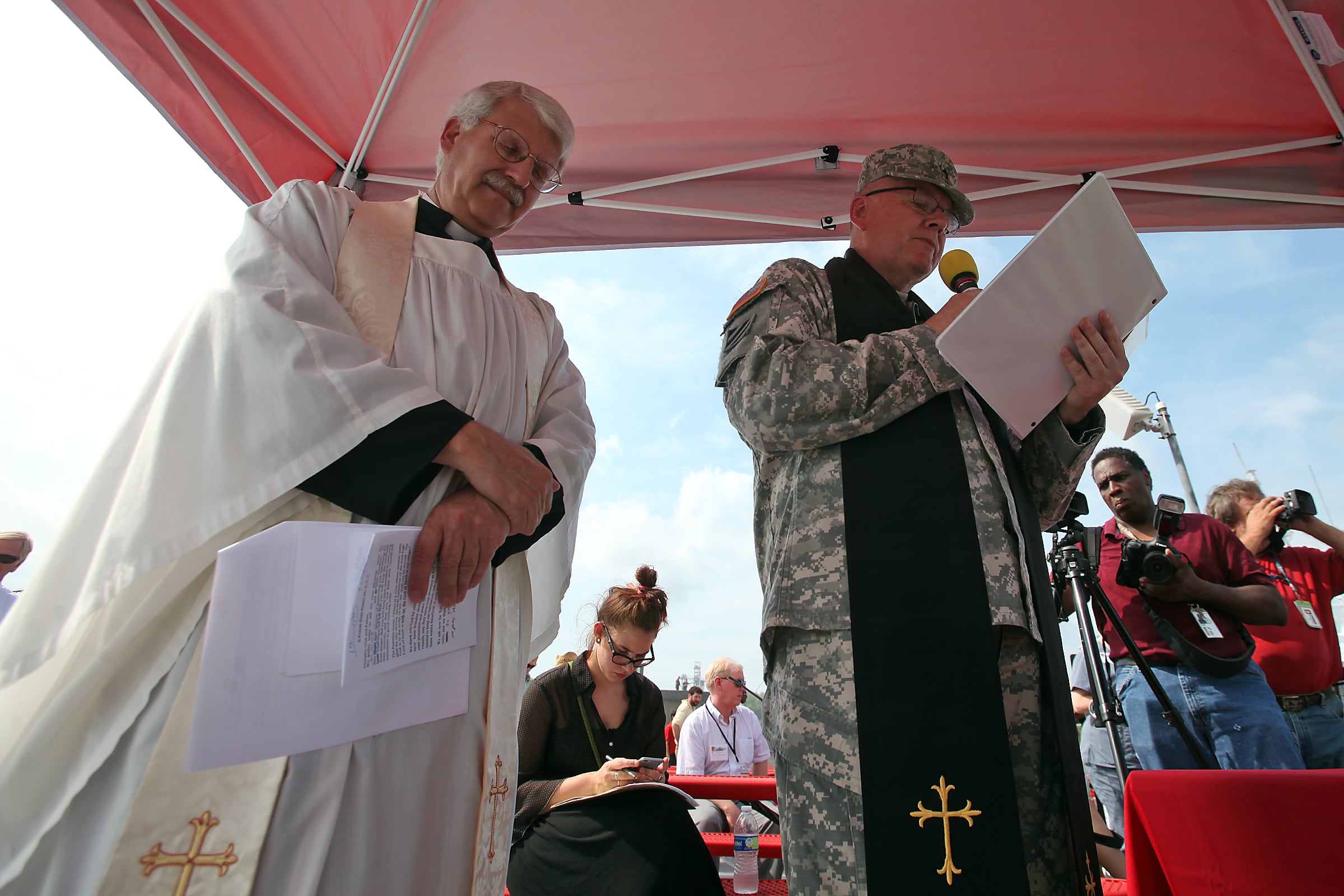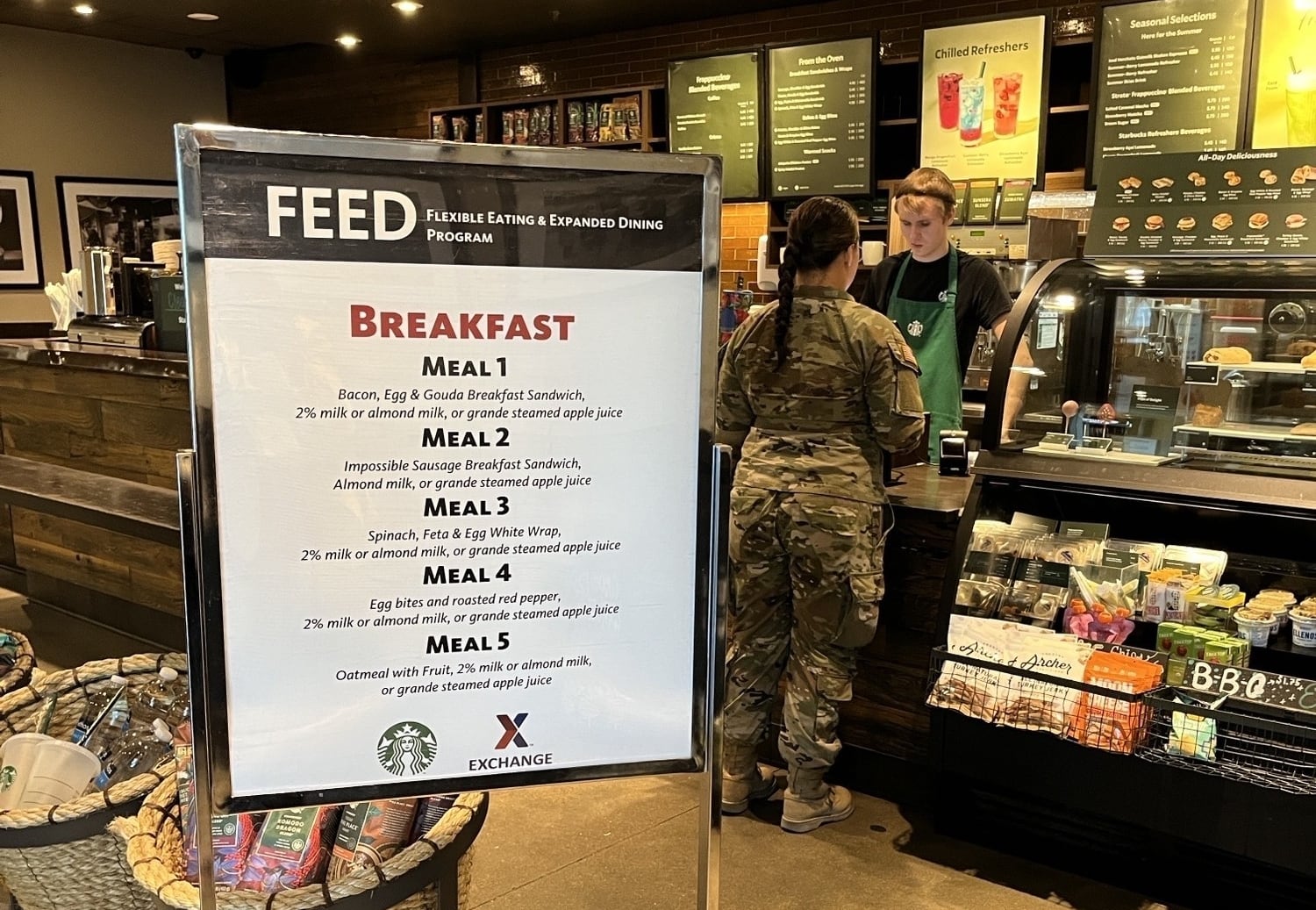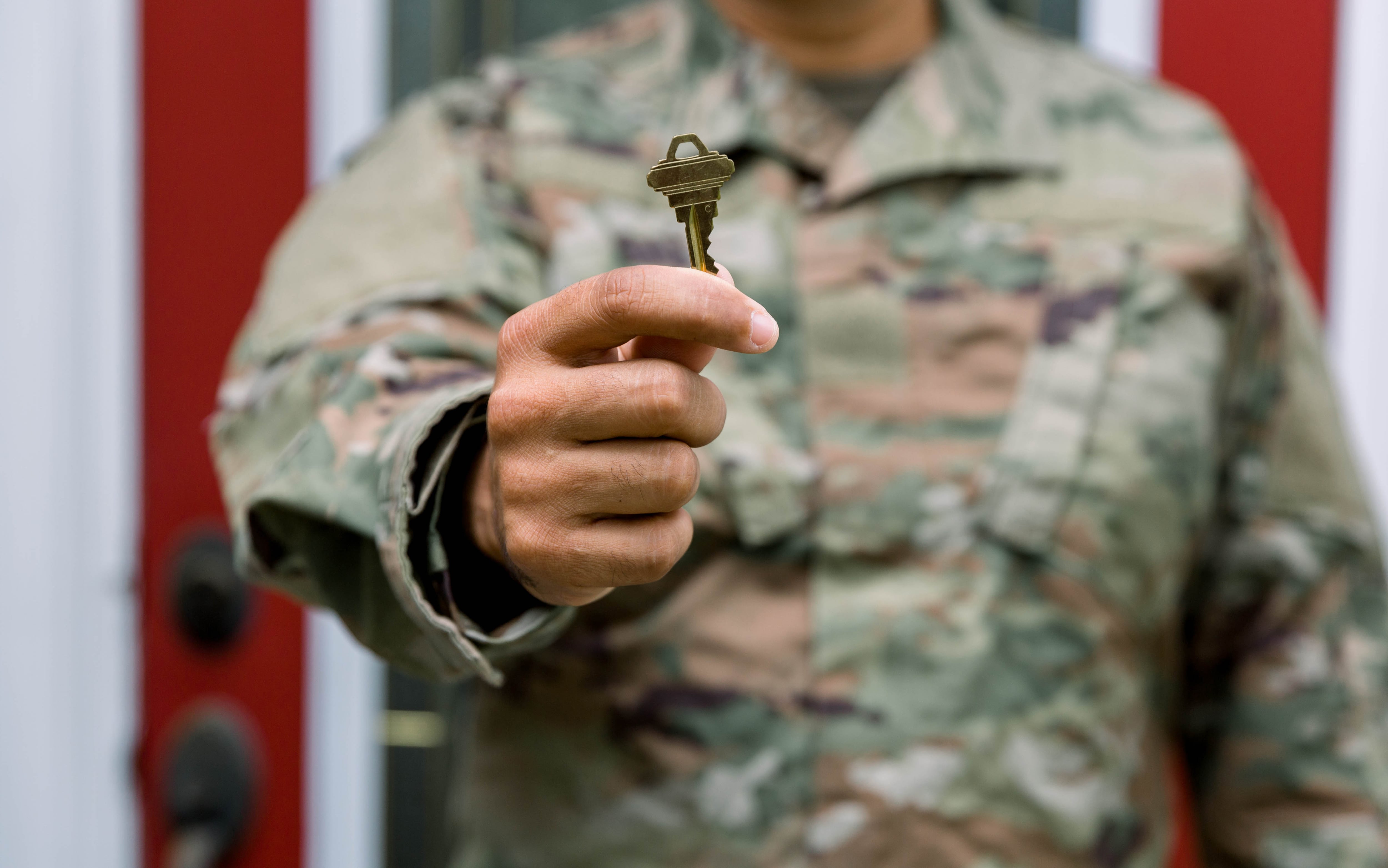Looking for a challenge — with a commission at the end? The call is out again for enlisted sailors and Marines to show their mettle on the Navy Department's elite training ground: Annapolis. For those in the fleet — or even a training pipeline — looking for a challenge with a commission at the end, Secretary of the Navy Ray Mabus announced the annual call for enlisted applicants to the Naval Academy Aug. 27 in AlNav message 065/15 to be members of the class of 2020.
Up to 170 enlisted can get appointed each year to the Naval Academy, where sailors and Marines have been admitted since the early 1900s. But the reality is that fewer than 170 enlisted are accepted each year to the highly selective school. Enlisted sailors and Marines have been getting appointed to Annapolis since the early 1900’s when Congress initially authorized 100 billets in each class for enlisted appointments. Currently that maximum is up to 170 per class, though the reality is that not that many fully qualified sailors are found.
"There is fundamental value in having prior enlisted sailors and Marines in the Brigade of Midshipmen," Cmdr. John Schofield, academy spokesman, said. "Those sailors and Marines bring an element of diversity, perspective and experience that is integral in the effort to train and educate the next generation of officers of character and consequence."
Applications from enlisted are due by Dec. 31. Here's what you need to know about the program:
Applications from fleet sailors are due December 31, 2015. The deadline for all completed application documents is January 31, 2016. Individuals interested in applying can find a list of needed resources at www.usna.edu/Admissions/.
1. Basic quals.— The bottom line for enlisted fleet sailors is the fact you can’t be older than 23 when you start at the academy-years-old as of July 1 of the year they’ve been admitted to Annapolis. If you want to apply and are bumping up against that deadline, you should step up your efforts. Limited waivers are available, but they’re not real easy to get. Sailors and Marines can’t be married or pregnant or have any legal parental obligations.
Any record of disciplinary action such as nonjudicial punishment or civilian convictions in the past three years is disqualifying. Outstanding physical fitness is a must as fitness is stressed at the Academy. Only packages with a positive CO’s recommendations will be reviewed.
Fleet sailors and Marines are encouraged to find Academy graduates in the fleet to help "mentor" them through the complicated admissions process. Midshipman 1stFirst Class Andrew Whisner, a former enlisted hospital corpsman, says that his executive officer, an academy gradeven helped him finish his application process while Whisner was deployed to Afghanistan. Ask your division officer if any of your command’s wardroom graduated from the Academy.
2. Tough academics. Quals - Officials say if you were in the top 40 percent of your high school class, you’ll be considered "competitive" for admission. You'll especially need to be strong with , provided you have had a strong college prep of math, English and chemistry is necessary and having taken physics, calculus and history as well as two years of foreign language are a nice to have.
As for college entrance tests, the ALNAV 065/15 says NavAdmin says that applicants should aim to score above 500 in reading and above 550 in math on the Scholastic Aptitude Test, with a combined minimum of 1050. For Applicants who have taken the American College Test should have minimum scores of 22 in English and 24 in math are recommended. All tests must have been taken in the past two years. Application info is available on the Naval Academy's website.
3. Fleet cred. Credibility — A challenge for enlisted who have gone through boot camp is going to the Naval Academy and starting over, this time as a plebe who's forced to prove himself or herself to officers and upperclassmen. sailors who have gone through boot camp and even led sailors in the fleet is going back to the basics when entering the Academy and seemingly starting all over.
"You've been in two years, made rank and now you are coming to USNA, and you're taking orders from a second year midshipman who has no [fleet] experience. It's hard for a lot of 'priors,' " Whisner said. former enlisted hospital corpsman. "You might have more fleet experience, but that individual has more academy experience and that's what matters here. I see people struggle with that pride. This is a very humbling place and you have to adapt or you won't make it."
4. Changing gears. Tips from the Mids — Maybe the toughest thing for enlisted is shifting focus from military priorities to academics. One thing sailors find tough to take sometimes is the change from a military-focused environment to an academic-focused one. One tip from those who've successfully made the transition is to take courses in math, chemistry or science — experiences that will aid your application, too. that former fleet sailors turned midshipmen say is to get into "academic shape" while you are applying by taking courses in math, physics or science. Being successful in the hard academic courses will help your application, especially if you didn’t have them or do well in high school.
And if you are accepted, you’ll be that much more acclimated to the time pressure and academic focus at studying environment once at Annapolis, and that, officials say is invaluable.
5. Making it. Many enlisted sailors have applied multiple times before actually getting the nod to Annapolis. Others will make an Many who don’t get to Annapolis are offered the chance to make an intermediate stop at the Naval Academy Preparatory School in Newport, Rhode IslandR.I. to hone up on academics for a year. By spending a year in that Academic environment, which his much like being at the Academy better prepares sailors for entry to Annapolis by bringing their academics up to par.
"The success rate for prior enlisted sailors and Marines who attend NAPS is going up," Academy spokesman Schofield said. "Success rates of applicants from NAPS have risen 70 to 95 percent over the last 5 years — a credit to the curriculum and staff at the Naval Academy Prep School."
Mark D. Faram is a former reporter for Navy Times. He was a senior writer covering personnel, cultural and historical issues. A nine-year active duty Navy veteran, Faram served from 1978 to 1987 as a Navy Diver and photographer.





